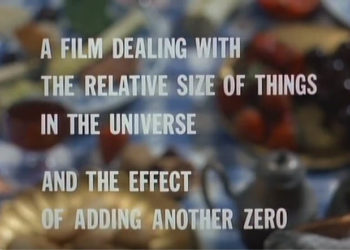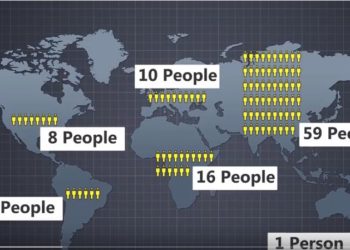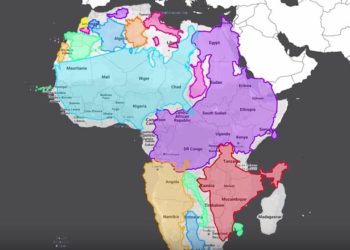The visual display of quantitative information remains a challenge for researchers. We’ve taken a look before at examples of visual models meant to show the size of various celestial bodies, but as the video below notes, these are often problematic because we quickly lose context of scale, because as each new planet or star is introduced, it is usually shown at the same size as the one before it.
To correct for this, the artist here uses a set scale, 1/190,000,000, shrinking the earth to the size of a tennis ball, and showing relative distances and sizes from there.
Discussion
4 Thoughts on "The Size of Things: Now with Context"
‘Powers of Ten.” From 1977, and still worth watching: https://www.youtube.com/watch?v=0fKBhvDjuy0. It always blows my mind.
Still (and probably always) the gold standard. I wrote about it back in 2016:
https://scholarlykitchen.sspnet.org/2016/08/12/the-size-of-things-and-the-power-of-a-consistent-frame-of-reference/
I figure the Milky Way is 3 billion miles across on this scale…
The Somerset Space Walk (opened 1997) fits our solar system to scale along a 14 mile canal towpath (https://en.wikipedia.org/wiki/Somerset_Space_Walk). Personal physical effort it is better than watching a video (and there’s even a tea shop).



